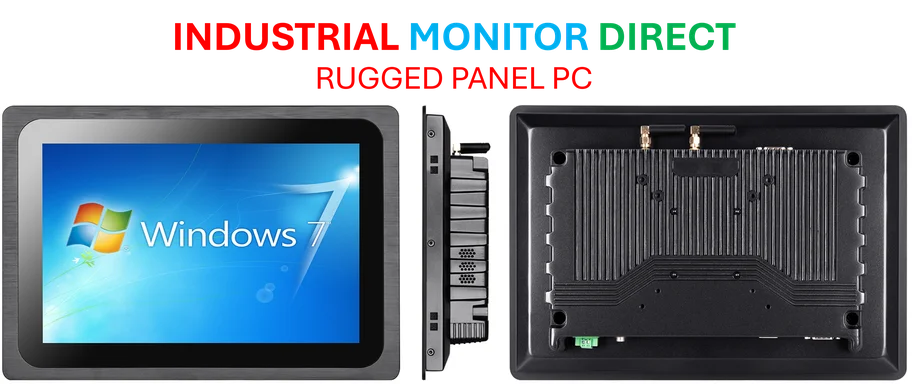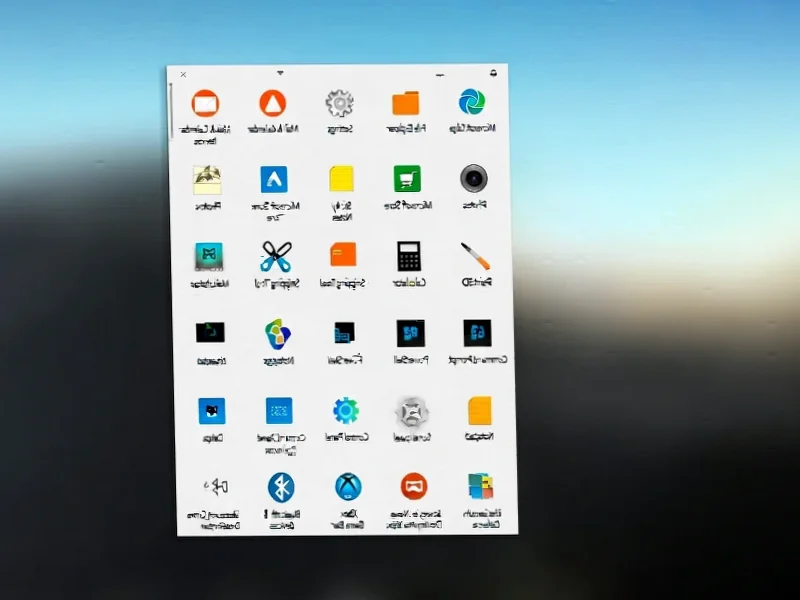According to HotHardware, AMD has issued a clarifying statement about its Radeon GPU driver strategy following significant community confusion and anxiety among owners of older graphics cards. The controversy began with AMD’s Adrenalin Edition 25.10.2 driver release notes that placed RDNA 1 (Radeon RX 5000 series) and RDNA 2 (Radeon RX 6000 series) graphics cards into “maintenance mode,” suggesting limited future support. After community backlash, AMD published a blog post on Sunday evening clarifying that this doesn’t mean the end of support for these generations, but rather a shift to “two optimized driver paths” – one for RDNA 1/2 and another for RDNA 3/4. The company now promises that RX 5000 and 6000 series owners will continue receiving game support for new releases, stability optimizations, and security fixes through a dedicated stable driver branch. This clarification comes after AMD’s initial vague language about delivering updates “as required by market needs” only added to user concerns.
The Real Test Ahead
While AMD’s clarification in their official blog post provides temporary reassurance, the true test will come with the next major game release cycle. The company’s promise of “game support for new releases” sounds comforting, but the devil is in the details. What constitutes adequate support? Will older RDNA architectures receive day-one optimizations for titles like the next Call of Duty or Cyberpunk expansion, or will they get delayed, bare-minimum compatibility updates? History shows that when companies transition products to “stable branches” or “maintenance mode,” the quality and timeliness of updates often degrade significantly over time, even with good intentions.
Technical Reality vs Marketing Promise
AMD’s technical justification for separating code paths makes engineering sense – maintaining a single driver branch across four architecture generations creates significant complexity and slows innovation. However, the practical implementation raises serious questions. Driver teams have finite resources, and splitting focus between two codebases inevitably means less attention for the older branch. The critical question becomes: how many engineers will remain dedicated to the RDNA 1/2 branch versus the newer architectures? Without transparent staffing and resource allocation details, AMD’s promises remain vulnerable to future budget cuts or strategic shifts that could leave older GPU owners stranded.
NVIDIA’s Shadow Looms Large
The timing of this controversy couldn’t be worse for AMD’s competitive positioning. NVIDIA has built significant brand loyalty partly through its reputation for long-term driver support – Kepler architecture cards from 2012 received Game Ready drivers for major titles through 2021. If AMD’s “dedicated stable branch” translates to slower optimizations or missing features for games that heavily utilize newer API features, the perceived value proposition of Radeon GPUs takes a significant hit. This could particularly impact the used market, where RX 6000 series cards represent excellent value propositions that might become less attractive if buyers fear premature driver abandonment.
Transparency Deficit Remains
What’s notably absent from AMD’s clarification is any concrete commitment about the update cadence, feature parity, or performance optimization standards for the older driver branch. The company hasn’t defined what “stability and game optimizations” actually means in practice. Will RDNA 2 cards receive the same performance uplifts in new games as their RDNA 3 counterparts? Will features like HYPR-RX or Fluid Motion Frames trickle down to older architectures? Without clear service level agreements or public roadmaps, AMD retains maximum flexibility to reduce support quality while technically fulfilling its vague promises.
Market Implications Beyond Drivers
This episode reveals broader challenges in the GPU industry’s transition to more frequent architecture updates. As AMD and NVIDIA accelerate their release cycles, the definition of “long-term support” becomes increasingly murky. Consumers investing $400-800 in graphics cards expect more than 2-3 years of quality driver support, yet companies face pressure to prioritize resources for their latest products. AMD’s attempt to balance these competing demands through branch separation is reasonable in theory, but the clumsy communication and subsequent damage control suggest the company underestimated how sensitive this issue is for its customer base.




